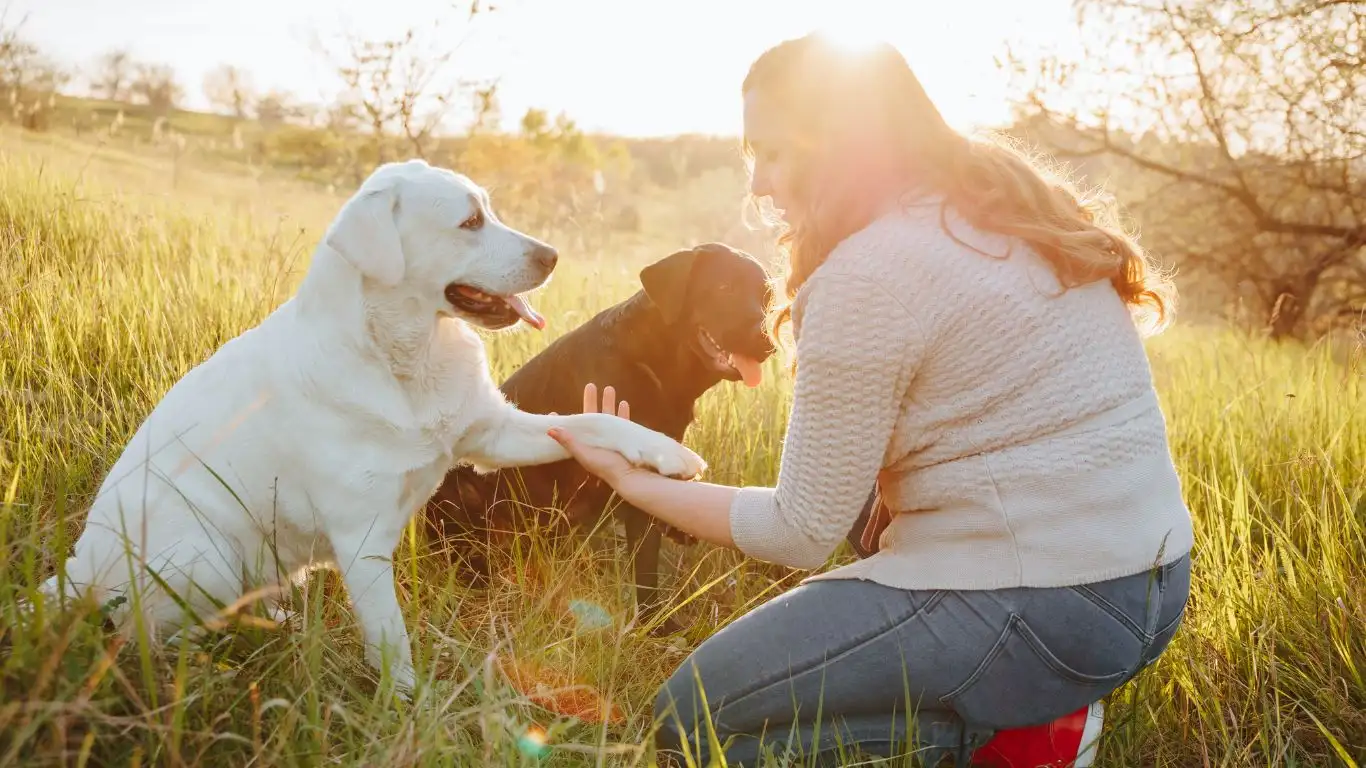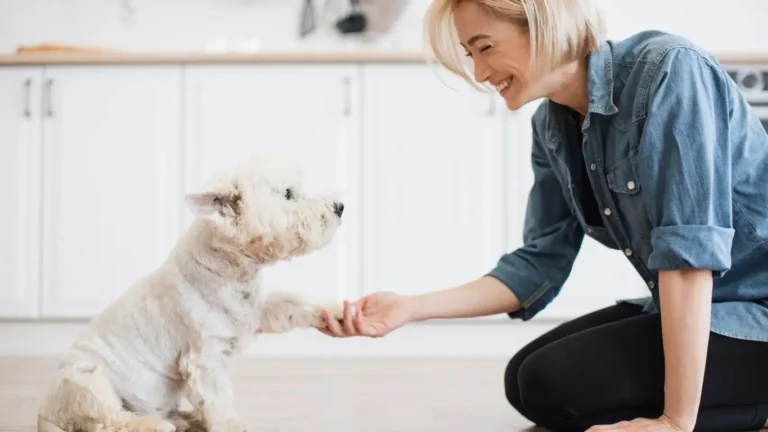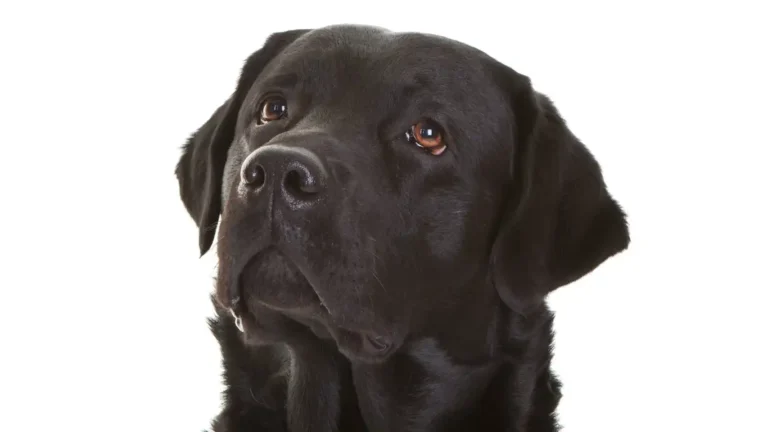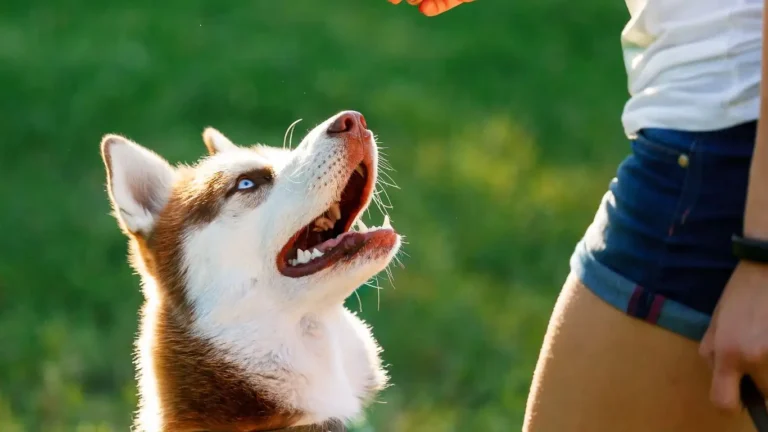How to Train a Dog to Tolerate a Bath Without Fear – Easy Tips
Bath time can be one of the most stressful moments for both dogs and their owners. As a Canine-Assisted Therapy Trainer, I’ve seen firsthand how many dogs develop an aversion to water, which can turn what should be a simple grooming task into an all-out battle. If your dog is afraid of baths, you’re not alone. Many pet parents struggle with this common issue. In fact, it’s one of the top concerns I hear about from dog owners. But don’t worry—learning how to train a dog to tolerate a bath without fear is not only possible but also incredibly rewarding for both you and your furry friend.
Understanding Why Dogs Fear Baths
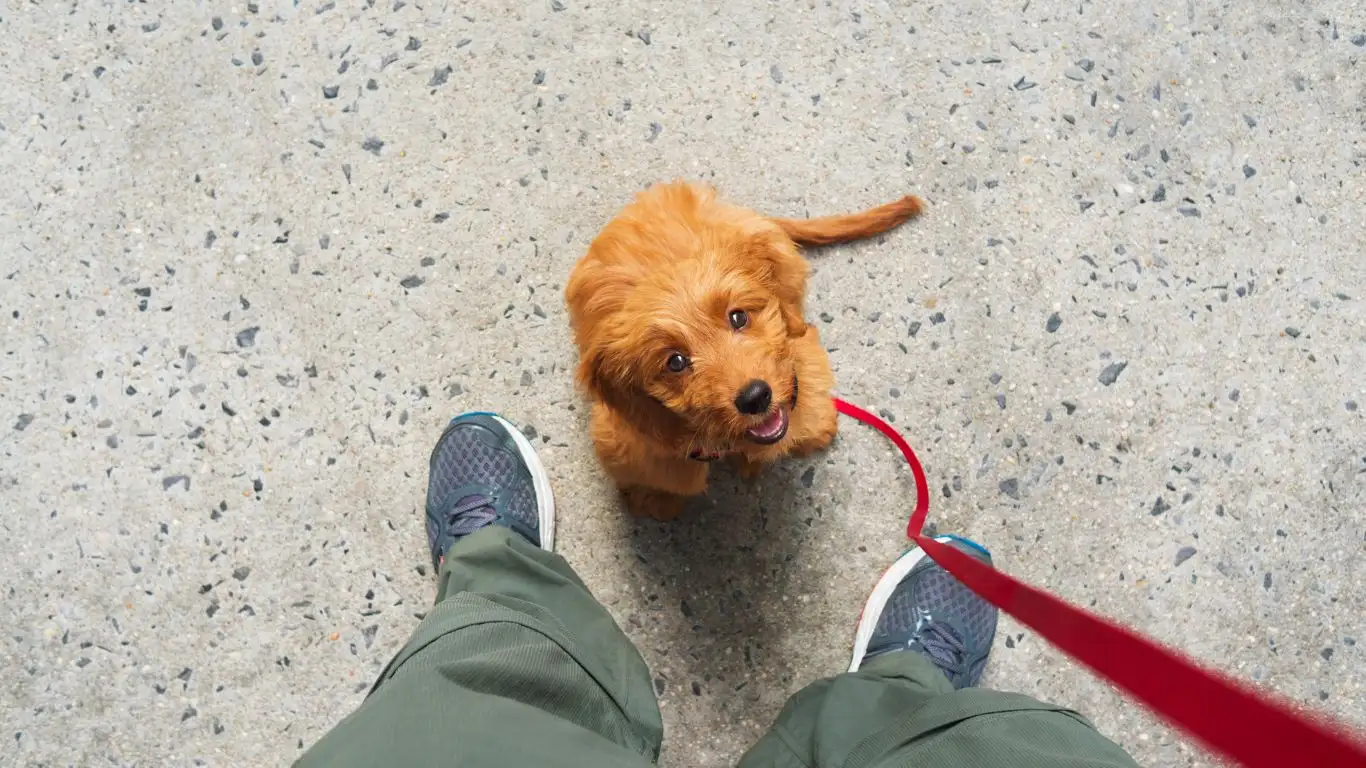
Before we dive into the steps on how to train your dog to tolerate a bath, it’s essential to understand why dogs develop a fear of baths in the first place. Dogs, like people, have their own unique personalities and experiences, so their reactions to bath time can vary widely. However, some common reasons why dogs are afraid of baths include:
- Negative past experiences: If a dog has had a traumatic or uncomfortable bath experience in the past, they may associate water with something unpleasant. This could be a cold or loud shower, or perhaps getting soap in their eyes.
- Fear of the unknown: Dogs are creatures of habit and thrive on routine. The unfamiliarity of the bath setting, the sound of running water, or even the sensation of being submerged can cause anxiety.
- Physical discomfort: Some dogs have sensitive skin or allergies, which can make the feeling of water or shampoo on their skin uncomfortable. This can contribute to a strong aversion to baths.
- Sound sensitivity: The noise of running water, the clattering of the tub, or even the sound of the water spraying can be overwhelming for certain dogs.
As a trainer, I always emphasize the importance of patience and understanding. Each dog is different, and their fears are often based on personal experiences. This means you’ll need to tailor your approach to suit your dog’s unique needs and temperament. Let’s break down some effective strategies that can help your dog feel more comfortable around bath time.
Start Slow: Building Positive Associations with Water
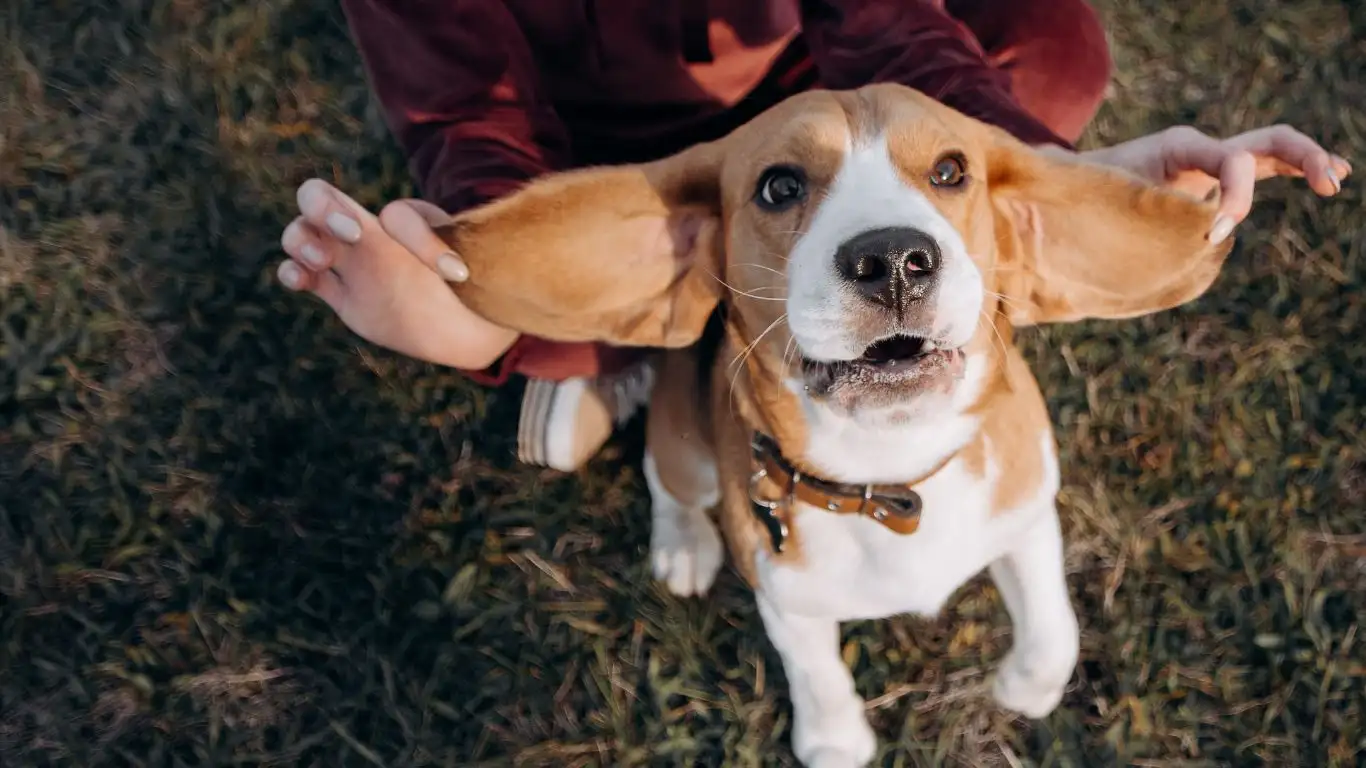
One of the first and most crucial steps in helping your dog tolerate baths is to build positive associations with water. You can’t expect your dog to love water if their only experience is a stressful or traumatic bath. Instead, start by making water something fun and rewarding.
Use the Power of Treats and Praise
Every dog loves treats (most of them, anyway). The key to this approach is using high-value treats, which are more likely to grab your dog’s attention and make the experience positive. Here’s how to start:
- Begin by introducing your dog to the area where you usually give them a bath—whether it’s the tub, shower, or sink. Let them explore this space at their own pace.
- Once they’re comfortable, fill the tub with a small amount of water. You don’t need to immerse them in it right away; just let them see, smell, and experience the water.
- Give your dog plenty of treats and praise when they show any curiosity about the water. This helps them associate the bath area with something good.
- Gradually, you can increase the amount of water in the tub, but continue to reward your dog for being calm and relaxed around it.
Remember, the goal is to associate water with positive experiences. This can take time, so don’t rush the process. If your dog shows signs of anxiety, such as backing away, panting heavily, or whining, take a step back and slow things down. It’s okay to take baby steps here!
Use a Gentle Approach to Water
Another method to ease your dog’s fear of water is to start with less invasive forms of exposure. Instead of immediately putting them in the tub, try using a hand-held shower nozzle or even a cup of water to gently wet their body. This allows your dog to get used to the sensation of water without the overwhelming experience of being submerged in a tub.
Be sure to use lukewarm water—too hot or too cold can be uncomfortable and make the experience worse. Start by wetting their paws and legs, gradually moving up to their belly and back. As you do this, continue offering praise and treats for staying calm. The more you can make water feel like a positive experience, the quicker your dog will learn to tolerate it.
Consider Their Sensory Needs
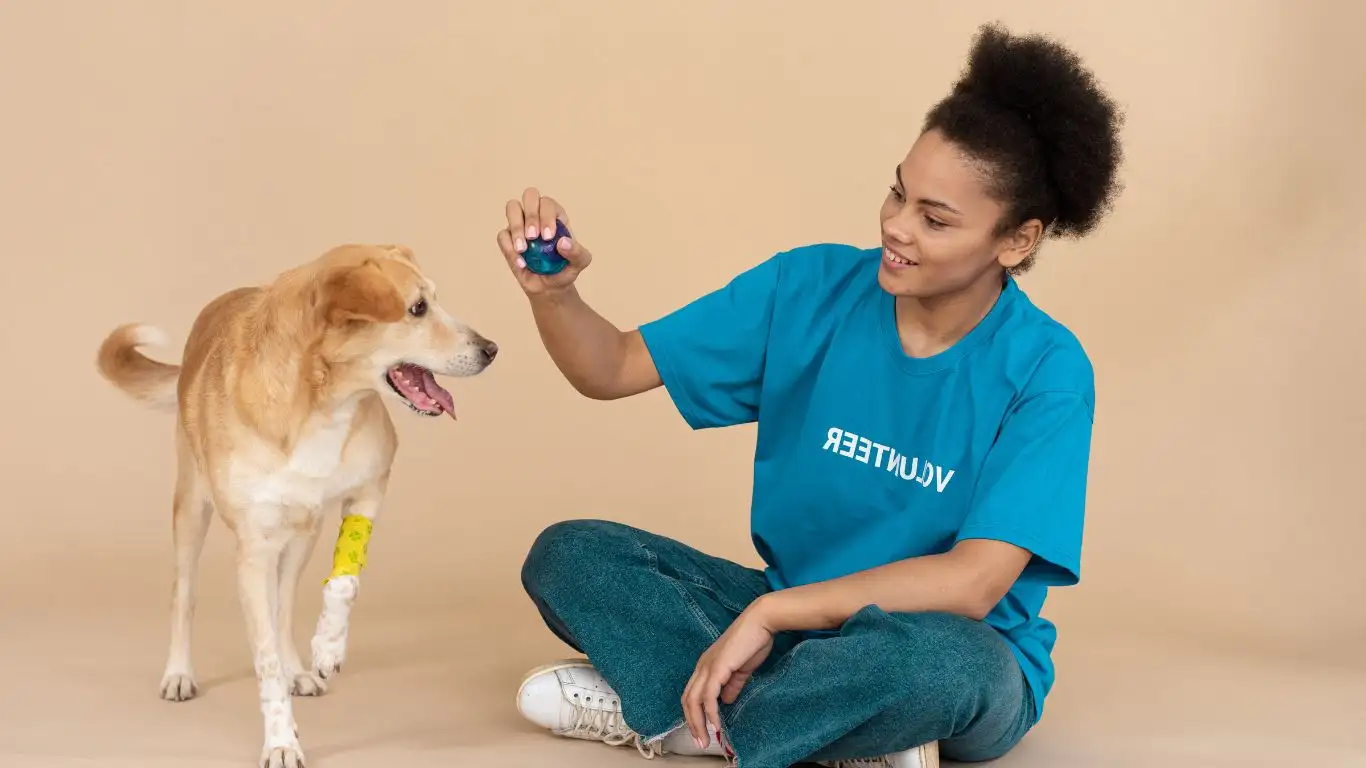
Dogs are extremely sensitive to their environment, and sensory overload can cause anxiety or fear. This is why it’s essential to pay attention to factors like noise, temperature, and the overall bath-time setting. A calm, quiet environment will make a huge difference for your dog’s comfort level. Here are a few things to consider:
- Noise level: If your dog is sensitive to loud noises, try turning off the water heater or using a low-pressure setting on the shower head to reduce the intensity of sound.
- Temperature: Lukewarm water is ideal. Cold water can be a shock, while hot water may burn or cause discomfort.
- Environment: A calm, relaxed space without distractions can help your dog stay focused on the positive aspects of the bath. If possible, bath time should be a quiet, peaceful ritual.
Taking these sensory details into account will not only make the experience more pleasant but will also speed up the process of training your dog to tolerate a bath without fear.
Gradually Introducing the Bathing Process
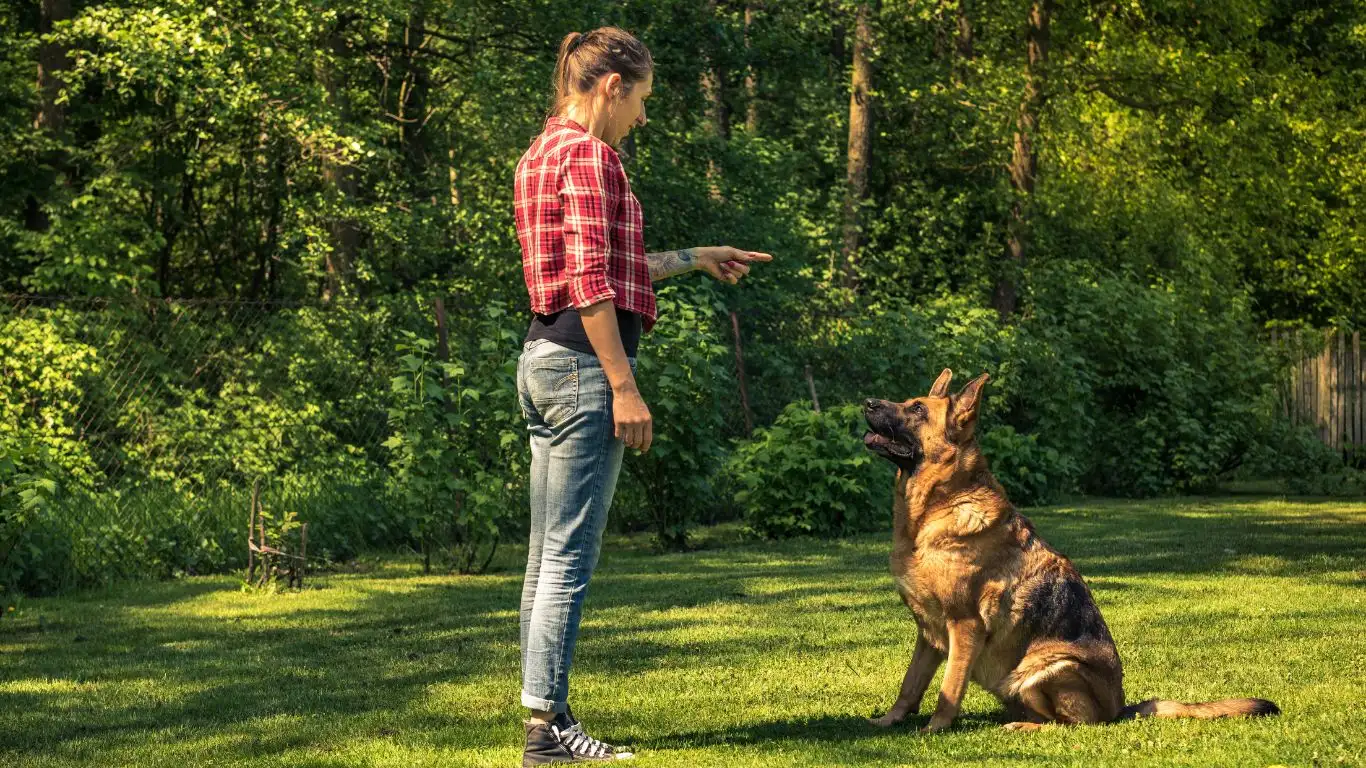
Now that your dog is more comfortable with water, it’s time to gradually introduce them to the actual bathing process. This is where things can get a bit tricky, especially if your dog has a strong aversion to being submerged or washed. But, just like any new skill, it’s all about making gradual progress while keeping things positive.
Start with Short Sessions
If your dog has never experienced a bath before—or if they’ve had negative experiences in the past—don’t expect them to be comfortable with a full bath right away. Begin with short, simple sessions. The goal is to introduce your dog to the full experience, but in bite-sized pieces. Here’s how:
- Get them used to the tub: Place your dog in the empty tub (or shower area) and just let them relax in it for a few minutes. Don’t turn on the water. Let them get comfortable with the space, and offer plenty of praise and treats.
- Introduce water in small amounts: Start by slowly turning on the water at a very low setting. Let your dog get used to the sound of the water before it touches their skin. You can also gently splash a little bit of water around their paws to desensitize them to the sensation.
- Use a gentle, soothing approach: Once your dog seems calm with the water trickling around them, you can start slowly wetting their body. Use a handheld shower nozzle or a cup to pour water gently. It’s important to move slowly, speaking to your dog in a calm and reassuring voice throughout the process.
The key here is consistency and patience. Don’t force your dog into the tub or rush through the steps. You might only need a few minutes during each session, but it’s important to build their trust with each experience.
Focus on Relaxation Techniques
Sometimes, it’s not just about desensitizing your dog to the bath itself, but also about helping them stay relaxed throughout the process. When training your dog to tolerate a bath, you should be using relaxation techniques to keep them calm.
- Calming presence: Stay calm and confident throughout the bath. Dogs are excellent at picking up on their owners’ emotions, so if you’re tense or anxious, they will likely mirror those feelings. Try deep breathing or speaking in a soothing voice to let your dog know everything is okay.
- Massage and touch: Incorporating gentle massage while you bathe your dog can help soothe their nerves. Gently massage their shoulders or legs while the water is running, and this can help them associate the water with a pleasant experience.
- Play calm music: Some dogs are sensitive to sounds, so playing soft, calming music in the background can help drown out any loud noises like the sound of running water or the spray of the showerhead.
It’s all about creating an environment that’s peaceful and reassuring for your dog. These little things can make a huge difference in how your dog reacts to bath time.
Using Positive Reinforcement to Encourage Good Behavior
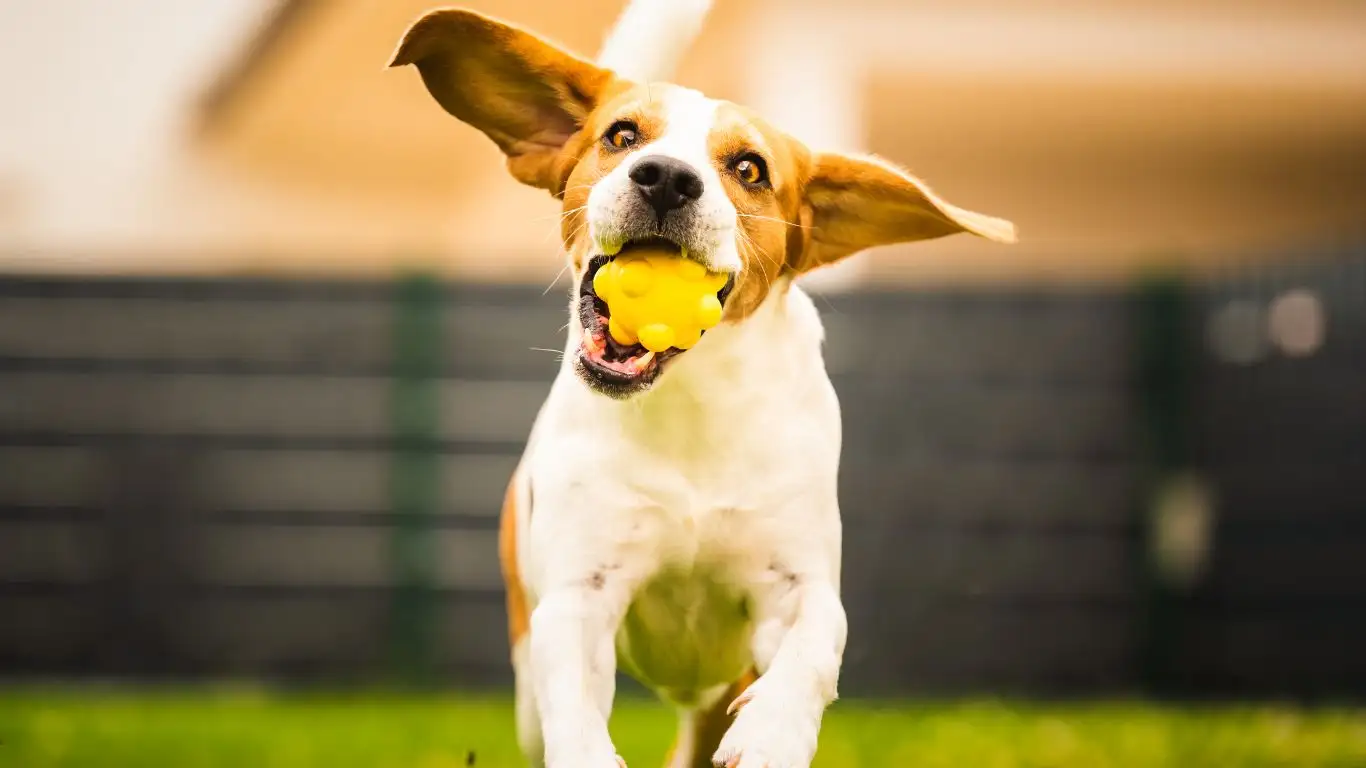
Positive reinforcement is one of the most powerful tools you can use when training your dog. It works wonders, not just for teaching commands but also for encouraging calm behavior during bath time. If you’ve been using treats to create positive associations with water, now’s the time to start using them strategically during the bath itself.
Reward Calm Behavior Immediately
Timing is everything when using treats as a form of positive reinforcement. If your dog is calm during the bath, reward them instantly. This helps your dog understand that staying calm during bath time leads to a reward. Here’s how you can use this technique effectively:
- Give treats for staying calm: If your dog is sitting quietly while you’re washing them, immediately reward them with a treat. This positive reinforcement teaches them that calm behavior during bath time is rewarding.
- Use verbal praise: Alongside treats, use verbal praise like “Good dog!” or “You’re doing great!” in a happy tone. This makes the reward system more multi-sensory for your dog.
- Slowly increase the duration: As your dog becomes more comfortable with short bath sessions, gradually extend the time they spend in the tub. Always reward calm behavior, and avoid rushing through the process.
One thing I’ve learned over the years is that consistency is key. Keep a stash of high-value treats nearby so you can reward your dog right away. Over time, they will begin to associate bath time with positive experiences, making the process smoother for both of you.
Dealing with Setbacks and Keeping the Process Stress-Free
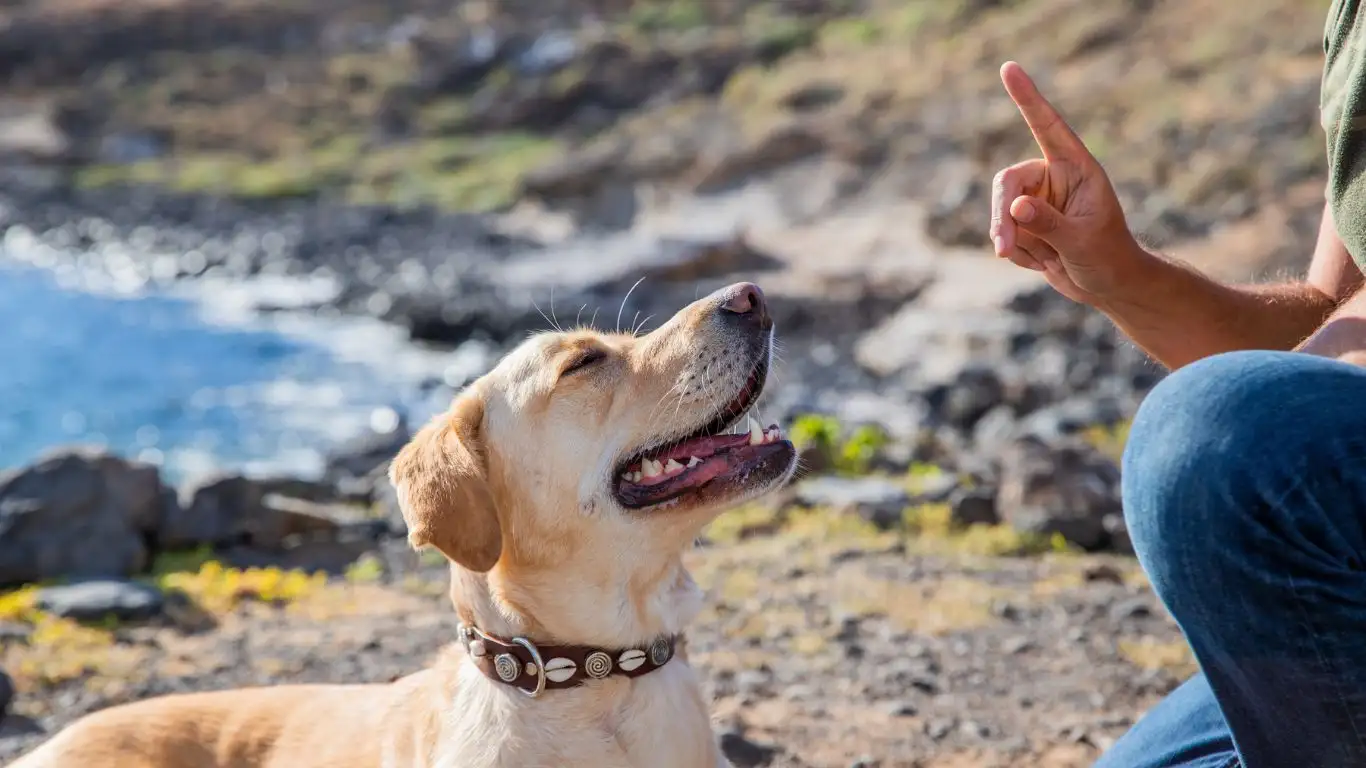
Even the best-trained dogs can have setbacks. Maybe your dog was doing well with baths for a while, but then one day, they suddenly become anxious again. Or perhaps they seem scared of the water one day after a great experience the last time. This can happen, and it’s completely normal. It’s important not to get frustrated—stay patient and reassess your approach. Here are some tips to help you manage setbacks:
- Revisit the basics: If your dog becomes nervous again, take a step back and go over the previous steps. Reintroduce them to water slowly and reward calm behavior as you did at the beginning of training.
- Keep the environment calm: If something in the environment has changed (like the sound of a new appliance or a new person in the house), that could be affecting your dog’s comfort level. Try to minimize distractions and focus on creating a calm atmosphere again.
- Don’t force it: If your dog is showing signs of stress or fear, don’t force them to stay in the tub. Take a break, go back to a simpler step, and allow them time to regain confidence.
As I always tell pet parents, training takes time. Some dogs take longer to feel comfortable with baths than others. And that’s okay! It’s all about building trust and helping your dog feel safe and secure in their environment. With patience and consistency, your dog will learn to tolerate their bath time without fear.
Maintaining Consistency: Bath Time Becomes a Routine
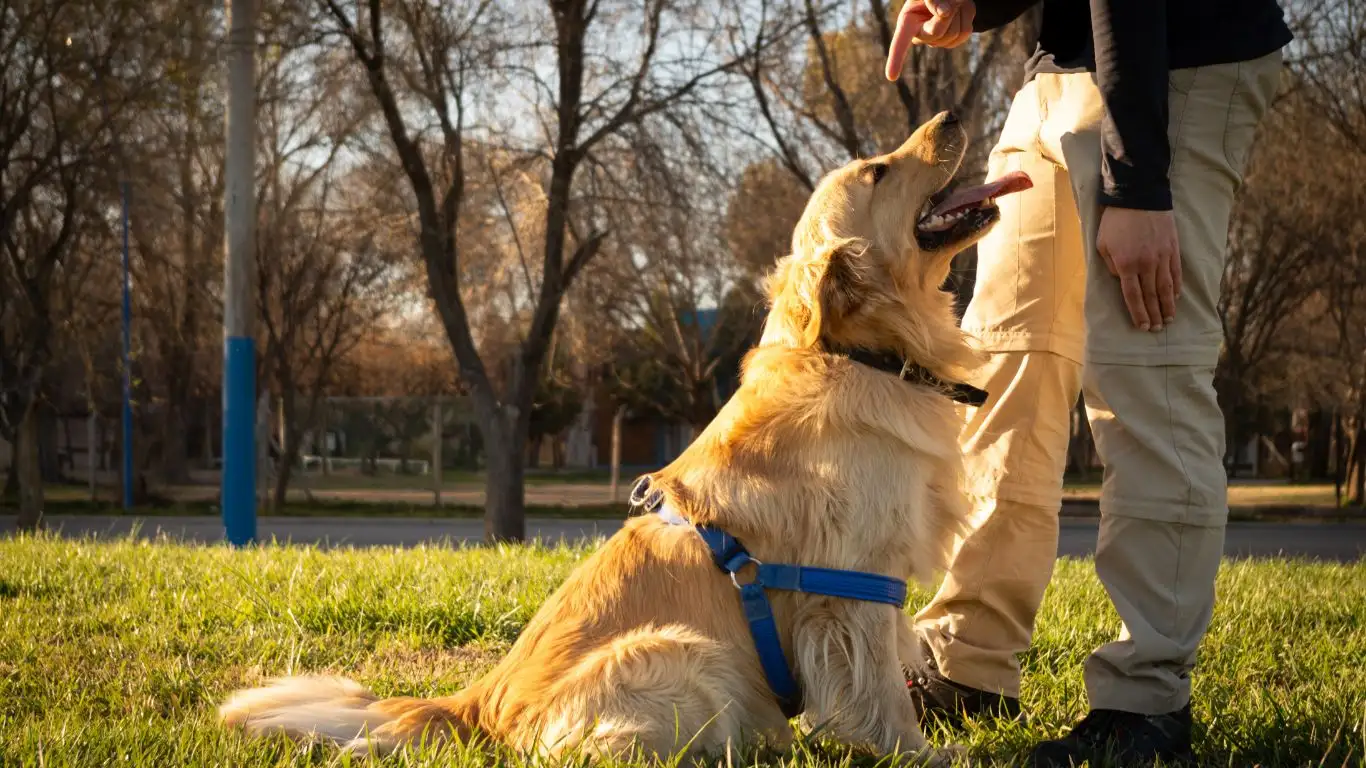
Once your dog has learned to tolerate baths without fear, it’s important to keep reinforcing that calm behavior. The goal is to make bath time a regular, stress-free part of your dog’s routine. And just like any other routine in your dog’s life, consistency is key. Here are some practical tips for ensuring that your dog stays relaxed and comfortable during bath time:
Create a Routine
Dogs thrive on routine. Once you’ve established that your dog is becoming more comfortable with bath time, start incorporating it into a regular schedule. Whether it’s weekly or bi-weekly, having a set time for baths will make it a normal, expected part of your dog’s routine. Over time, they’ll become more at ease, knowing exactly what to expect.
My experience as a Canine-Assisted Therapy Trainer has shown me that dogs often react better to predictable routines. By sticking to the same time and place for each bath, you’re reinforcing a sense of stability and familiarity. The key is to avoid making bath time feel like an ordeal. Instead, treat it as a fun, relaxing ritual that you and your dog can enjoy together.
Reward and Reinforce Positive Behavior
Even after your dog seems to have mastered the art of taking a bath without fear, continue using positive reinforcement. Offering praise and treats after each successful bath reinforces the connection between bath time and good things. A small treat, a favorite toy, or a fun play session afterward can go a long way in maintaining a positive association with bath time.
If you notice your dog becoming hesitant or anxious in future bath sessions, don’t hesitate to go back to the basics. Take it slow, use treats, and keep the bath short. Your dog may still need a little extra reassurance from time to time, and that’s perfectly okay.
Understanding Bathing Frequency and Grooming Needs

Knowing how often to bathe your dog can make a big difference in how they respond to the process. While some dogs need regular baths to keep their coat and skin healthy, others may only need an occasional rinse. Bathing frequency depends on your dog’s breed, coat type, and activity level. Here’s a general guideline for how often you should bathe your dog:
- Short-haired dogs: Dogs with short coats, like Beagles or Boxers, usually don’t need baths as frequently. Once every 4-6 weeks is often enough to keep them clean and odor-free.
- Long-haired dogs: Long-haired breeds, such as Shih Tzus or Collies, may require more frequent baths—every 3-4 weeks. Their longer coats can trap dirt, oil, and debris, so regular bathing helps maintain coat health.
- Active or outdoorsy dogs: Dogs that spend a lot of time outdoors or engage in active play may need more frequent baths, especially if they get dirty or muddy. In this case, bathing every 2-3 weeks could be a good schedule.
- Dogs with skin conditions: If your dog has a skin condition or allergies, your vet might recommend more frequent bathing with a medicated shampoo. Always follow your veterinarian’s advice in such cases.
It’s important to balance bathing frequency with your dog’s skin and coat needs. Over-bathing can lead to dry, irritated skin, so be mindful of the products you use and the frequency of the baths. And remember, if your dog doesn’t need a full bath, you can always opt for a quick rinse or spot-cleaning to keep them fresh in between baths.
Choosing the Right Products for Your Dog’s Bath
Using the right grooming products is crucial for ensuring that your dog’s bath is both effective and comfortable. The wrong shampoo can irritate your dog’s skin, while harsh products can strip their coat of natural oils. When selecting a shampoo or conditioner, consider your dog’s skin type, coat type, and any allergies they may have.
Shampoos for Sensitive Skin
If your dog has sensitive skin or is prone to allergies, choose a hypoallergenic shampoo that is free from artificial fragrances, parabens, and dyes. Look for natural ingredients like oatmeal or aloe vera, which are known to soothe and hydrate the skin. These shampoos are designed to cleanse without causing irritation, making them a great option for dogs with delicate skin.
Coat-Specific Shampoos
Dogs with long or thick coats may benefit from a moisturizing shampoo that helps detangle and smooth their fur. For example, a shampoo with added conditioners can help prevent matting and keep their coat shiny and healthy. If your dog has a short coat, a gentle cleansing shampoo will suffice to keep their coat clean and free from oil buildup.
Medicated Shampoos for Skin Conditions
For dogs with skin conditions such as hot spots, itching, or dryness, your veterinarian might recommend a medicated shampoo. These products are designed to treat specific issues like fungal infections or bacterial growth, providing relief while cleaning the skin. Always consult your vet before using a medicated shampoo to ensure it’s the right choice for your dog’s condition.
When to Seek Professional Help
While most dogs can learn to tolerate baths with a little patience and training, there are some cases where it’s best to seek professional help. If your dog is extremely fearful of water or bath time is a major source of stress, a professional groomer or dog trainer with experience in behavior modification may be able to assist.
Sometimes, a positive experience with a professional can help break the cycle of fear. Groomers and trainers often have specialized techniques for handling nervous or fearful dogs, making them a valuable resource when training at home isn’t enough. Just be sure to choose a professional who uses positive reinforcement methods and treats your dog with patience and respect.
References
If you’re looking for more information on dog grooming, behavior, and training, here are a few trusted resources:
Disclaimer
While the advice provided in this article is based on my professional experience as a Canine-Assisted Therapy Trainer and general dog training knowledge, it’s important to note that every dog is unique. Always consult with a veterinarian or professional groomer for specific guidance related to your dog’s health or grooming needs. This article is intended for informational purposes and should not be used as a substitute for professional advice.
